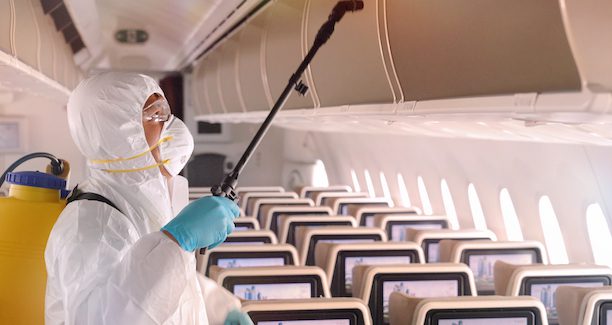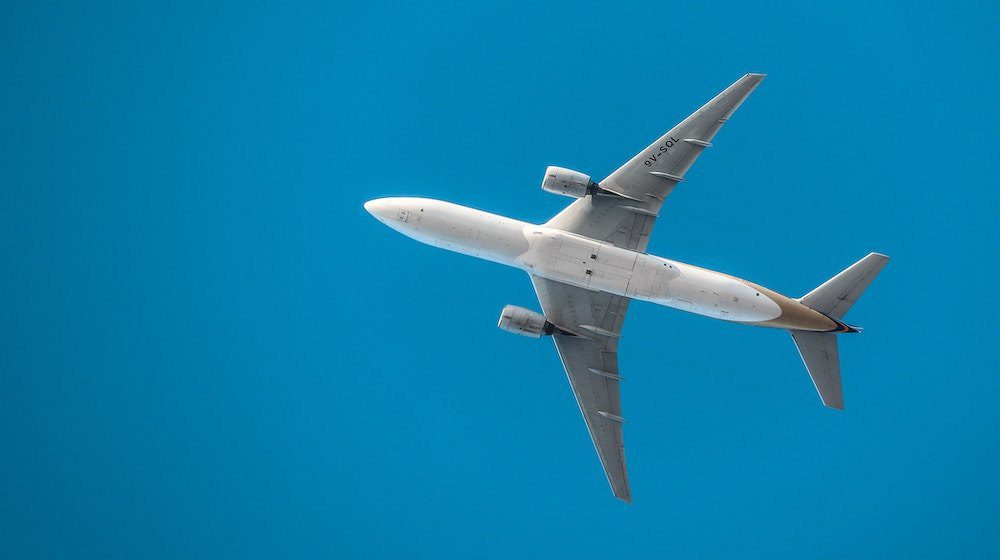If you’re a tad nervous about boarding a plane in the current worldwide sitch, these stats published by IATA should put your mind at ease and get you planning your next adventure.
The International Air Transport Association (IATA) has recently published research on COVID-flying that should help you feel at ease with the health and safety of air travel, even through a global pandemic.
IATA demonstrated the low incidence of inflight COVID-19 transmission with an updated tally of published cases.
Between January and July 2020, there have been 44 cases worldwide of COVID-19 reported in which transmission is thought to have been associated with a flight journey (inclusive of confirmed, probable, and potential cases).
Over the same period some 1.2 billion passengers have travelled.
Cool, tell me more…

The above figures represent a one in 27 million probability of catching COVID-19 on a flight which is significantly less than the chances of being struck by lightning, which, in Australia is around one in 12,000.
Soooo, let’s hope neither of those things happen, but it does give you an idea of how unlikely it is to catch COVID-19 from air travel.
“The risk of a passenger contracting COVID-19 while onboard appears very low. With only 44 identified potential cases of flight-related transmission among 1.2 billion travelers, that’s one case for every 27 million travelers,”
Dr David Powell, IATA’s medical advisor
“We recognize that this may be an underestimate but even if 90% of the cases were unreported, it would be one case for every 2.7 million travelers.”
“We think these figures are extremely reassuring. Furthermore, the vast majority of published cases occurred before the wearing of face coverings inflight became widespread,” IATA’s medical advisor, Dr. David Powell said.
Keeping healthy in the sky

New insight into why the numbers are so low has come from the joint publication by Airbus, Boeing, and Embraer of separate computational fluid dynamics (CFD) research conducted by each manufacturer in their aircraft.
While methodologies differed slightly, each detailed simulation confirmed that aircraft airflow systems do control the movement of particles in the cabin, limiting the spread of viruses.
Here’s a little insight into why these numbers are so low:
- Aircraft airflow systems, High Efficiency Particulate Air (HEPA) filters, the natural barrier of the seatback, the downward flow of air, and high rates of air exchange efficiently reduce the risk of disease transmission on board in normal times.
- The addition of mask-wearing amid pandemic concerns adds a further and significant extra layer of protection, which makes being seated in close proximity in an aircraft cabin safer than most other indoor environments.
“There is no single silver-bullet measure that will enable us to live and travel safely in the age of COVID-19. But the combination of measures that are being put in place is reassuring travelers the world over that COVID-19 has not defeated their freedom to fly.”
“Nothing is completely risk-free. But with just 44 published cases of potential inflight COVID-19 transmission among 1.2 billion travelers, the risk of contracting the virus on board appears to be in the same category as being struck by lightning,” said Alexandre de Juniac, IATA’s Director General and CEO.
Click here for more information.






